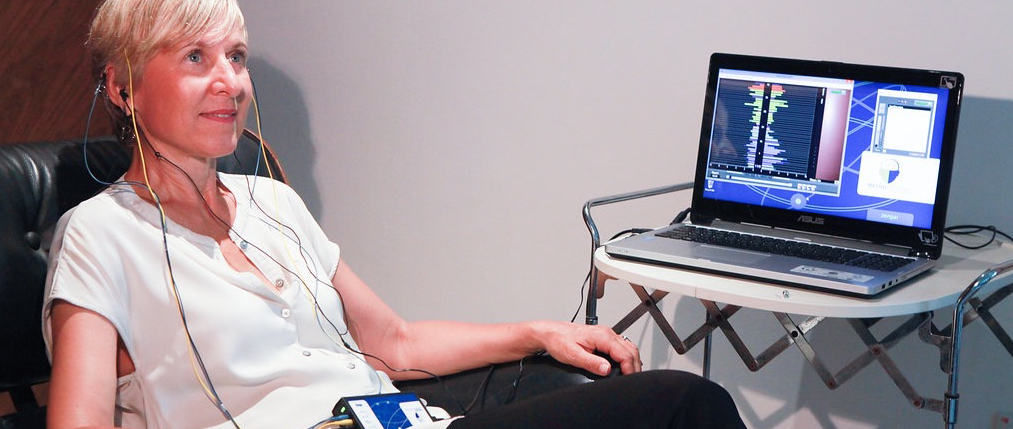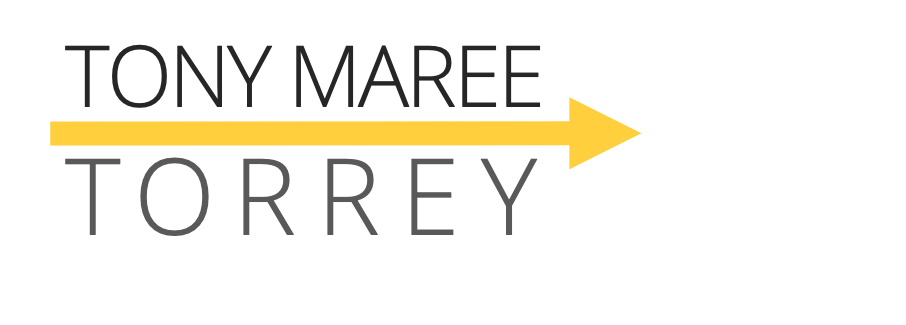Additional Services
Tony Maree is a Certified Clinical Hypnotherapist and Neuroptimal Neurofeedback Practitioner
What To Expect From Your First Neurofeedback Session
A NeurOptimal® session takes 33 minutes and the training is effortless. Two sensors are placed on your scalp and three sensors on the ears. The EEG sensors job is to read electrical signals or brainwaves coming from your brain – nothing goes back into your brain through the sensors. Through the headphones one listens to music which is the platform for the feedback. The design of the brain is that we use auditory sense perception 24/7 to note changes in our environment.
NeurOptimal® was designed to use our brain’s natural way of noticing changes. In this Dynamical Neurofeedback® training method the EEG sensors read your brainwaves – nothing is added to your brain!
What Happens in a Neurofeedback Session
During a neurofeedback session EEG sensors attached to the head measure brainwave activity. Based on scientifically defined criteria, the system cues the brain when that activity is maladaptive so that rewiring to adaptive responses is possible.
The NeurOptimal® neurofeedback program reads the brain signals 256 times per second! That’s how fast your brain is communicating. When the NeurOptimal® software detects changes in brainwaves it creates a micro-interruption in the music, which you may notice as a skipping record sound. Why interrupt the music? It signals to your brain to pay attention to what’s going on. Through the training you are learning to use present moment information-rather than staying stuck in your habitual patterns.
It’s like when you are daydreaming and in a daydream you are not aware of what is happening around you until someone calls your name (this moment is each millisecond that the music stops during a session) and you simultaneously realize that you were lost in a daydream, and recognize the content of that daydream, as well as take in information about the here-and-now.
Brain training with NeurOptimal® is learning a new, more effective, way of being.
You see results because your brain is actively learning, even if you are not doing the learning consciously. So much like reading, once your brain knows how to read, it can’t “not know”. Your brain doesn’t forget. It may get rusty, but the effects of learning remain throughout your lifetime.
FAQ: Neurofeedback And How NeurOptimal® Works
How do you feel after a NeurOptimal® Brain Training session?
Clients report feeling calmer, relaxed, grounded, less stressed, and more focused. Some clients notice feeling tired. These clients are often chronically ignoring the body’s need and request for more sleep. They come out of the session realizing they need a good night’s sleep. Read a review by a clinical social worker what her experience with NeurOptimal® training was after training for two months.
How long is a neurofeedback session?
A NeurOptimal® neurofeedback session lasts 33 minutes and the in-office visit takes a total of 45-50 minutes.
How long does it take for neurofeedback to work?
The number of sessions varies depending on the client’s goals. If you are looking to address a specific issue or concern you should see dramatic improvements by 8-10 sessions.
Many people decide to continue ongoingly as life brings new challenges and their goal is to remain in optimal mental fitness.
How often should you do neurofeedback?
The number of sessions of neurofeedback that you will need is personal to your goals and the life factors that influence your health and wellbeing.
As well as the improvements gained from other work we are doing together in your coaching sessions.
It is advisable to return again for a tune-up every six months or a year, as new stressors pop up and clients often need a boost to get back to their regular brain health routine. Some clients choose to work with me ongoingly year after year.
Is NeurOptimal® Safe?
Yes! Nothing is added to your brain or central nervous system! NeurOptimal® is a training and not a treatment. Unlike other systems, NeurOptimal® does not train states of consciousness. Indeed, it does not do anything to influence any outcome. Instead it is up to your brain to use the mathematical information it receives, or not — as it will. For this reason NeurOptimal® is a safe tool for self-optimization.
